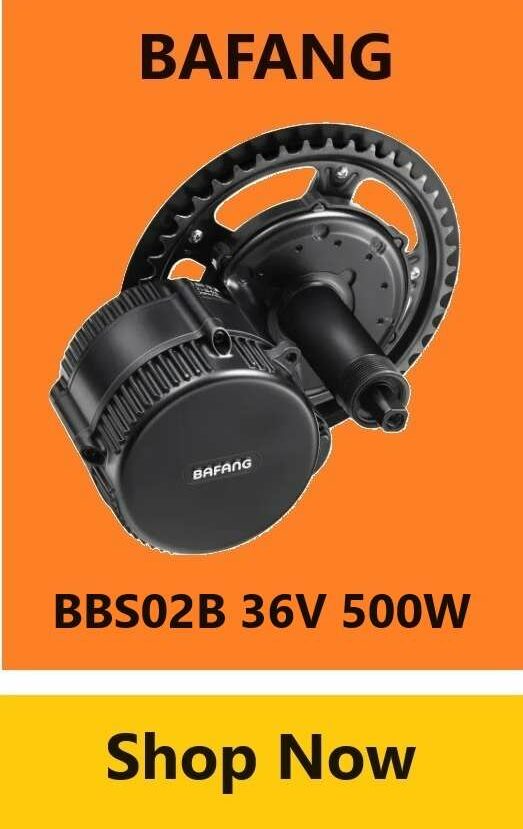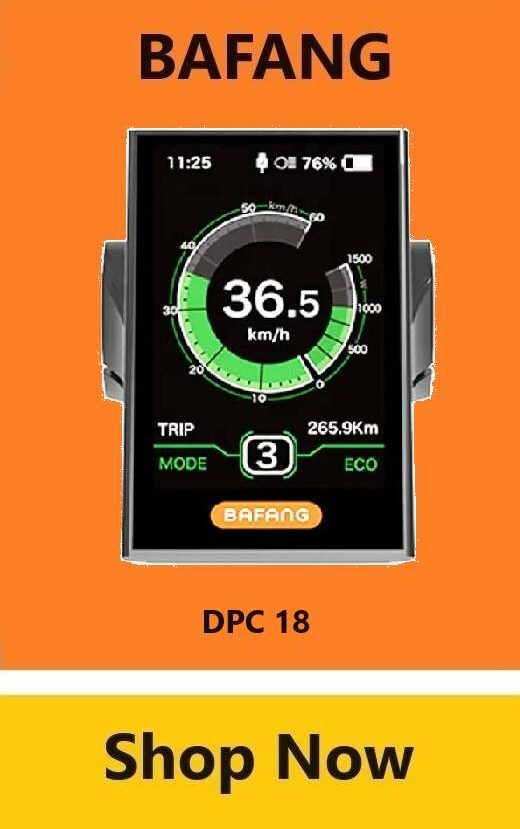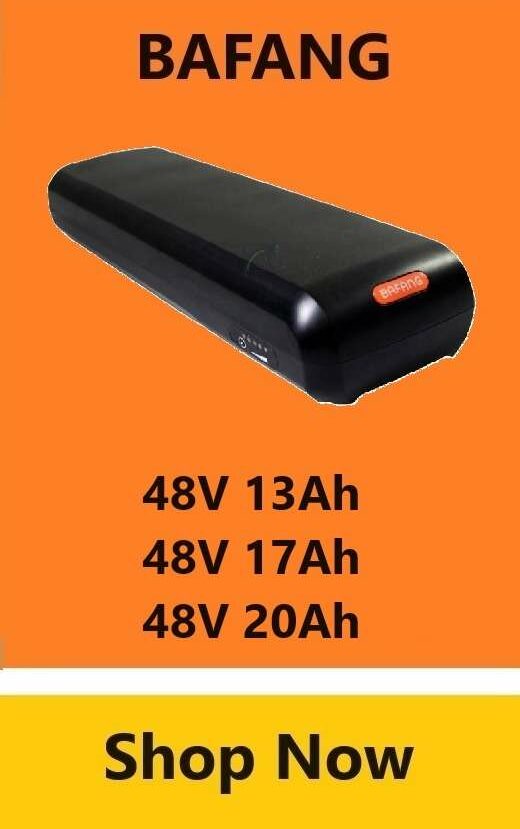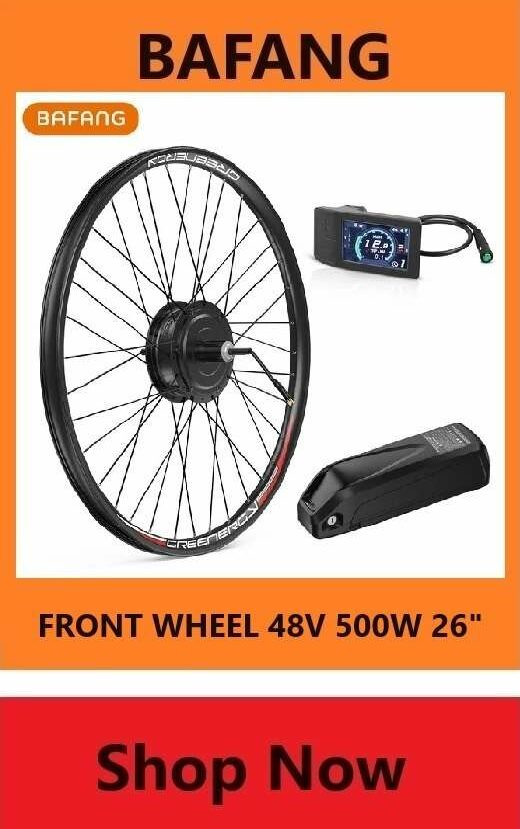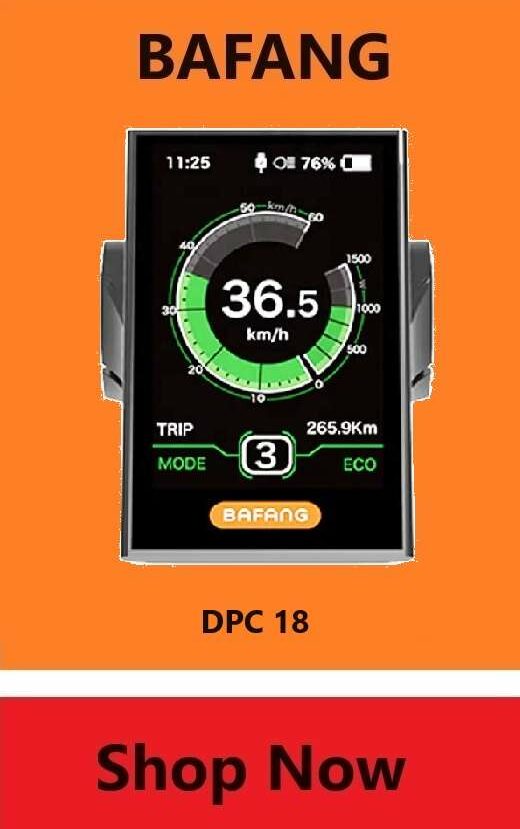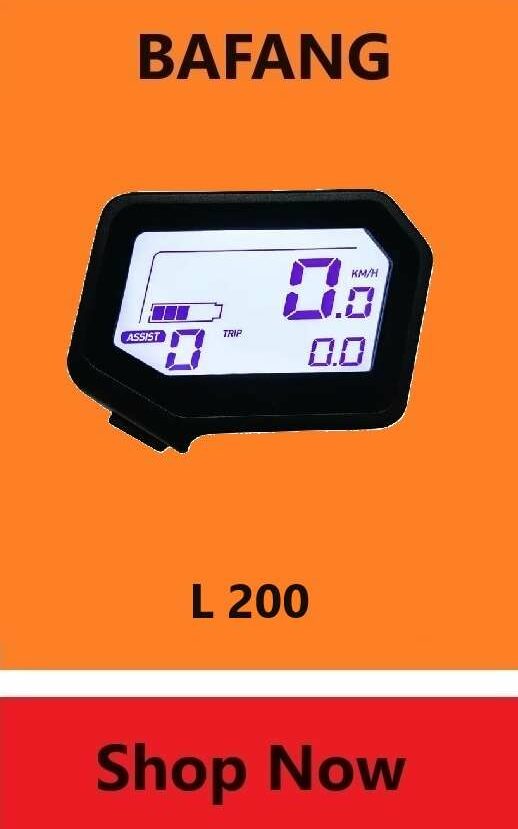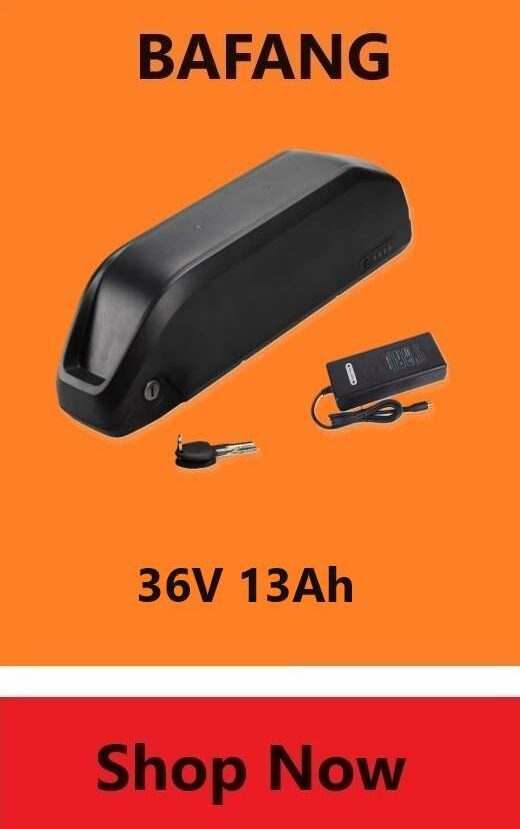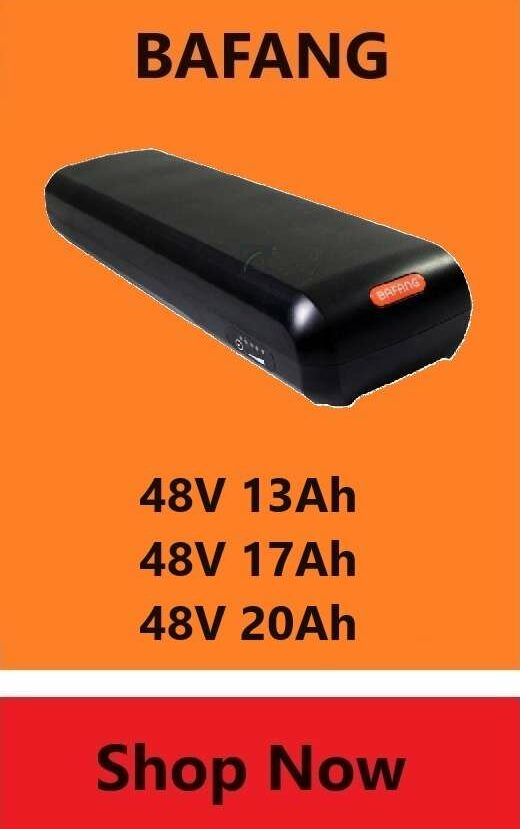BAFANG installation can therefore seem daunting to those unfamiliar with the process.
BAFANG Motor USA
Trusted and verified affiliate Amazon links to the BAFANG store
BAFANG Display USA
BAFANG Battery USA
BAFANG Component USA
BAFANG Motor UK
Trusted and verified affiliate Amazon links to the BAFANG store
BAFANG Display UK
BAFANG Battery UK
BAFANG Component UK
BAFANG Motor
Trusted and verified AliExpress affiliates links to BAFANG store
BAFANG Display
BAFANG Battery
BAFANG Component
This page will provide you with all the information you need to successfully install your BAFANG engine kit.
A BAFANG conversion kit is therefore an e-bike motor. In this case, it will therefore be installed in the middle of the frame, between the pedals. This position then allows a more natural transfer of power and a balanced distribution of the weight of the engine. Mid-drive motors are also known to be quieter and more efficient than other types of e-bike motors.
Installing a BAFANG engine kit is therefore not a difficult task. There are some things to know before you start. Do not worry then. If the task seems so complicated, the installations are going very well.
BAFANG installation: Tools
The installation of a BAFANG engine kit requires the use of specific tools to guarantee a safe and precise assembly. To start, you will need a torque wrench to tighten the screws with the correct force, thus avoiding the risk of over or under tension.
Next, a set of hex keys are essential to adjust the screws and nuts that hold the kit components in place. Be sure to choose the correct size for optimal tightness. Both flathead and Phillips screwdrivers will be needed for the various screws and fasteners you will encounter during installation. Make sure you have these tools handy for easy handling.
An adjustable wrench can also be useful for certain adjustments, in particular for the moving parts of the engine. A second adjustable wrench may be optional, but can be handy for additional connections that require additional tightening. Zip ties can be used to secure cables and keep them neat and organized in place.
To ensure a solid BAFANG installation and prevent loosening of components, the use of Loctite 243 may be recommended. This will lock the screws and nuts, preventing any unwanted movement. Remember to have some grease on hand to lubricate moving parts and keep the motor kit running smoothly.
Following a step-by-step guide specific to your BAFANG engine kit, use these tools and accessories for a successful installation.
BAFANG thus offers several different engine kits. The BBS01, BBS02 and BBSHD kits therefore all have their own characteristics. Their specifications thus make them suitable for different types of bikes and riding styles.
BAFANG installation: Preparation
Before installing the BAFANG motor kit, prepare your bike. Then remove the crankset and attach the motor mount to the frame. Then check the manual that comes with the kit to make sure you have the right bottom bracket for your bike. Once your bike is prepared, you can then begin installing the engine.
BAFANG installation: Engine
This therefore involves fixing the motor to the support. Then connect the wires and add grease to the gears. Then carefully follow the instructions provided in the kit manual for proper motor installation.
BAFANG installation: Battery
The next step is to install the battery as well. So fix this one on the lower tube of the frame and connect it to the engine. Also be sure to securely fasten the battery to the frame to prevent it from falling or moving while riding.
BAFANG installation: Screen
The last step is then to install the control screen. Attach it to the handlebars and connect it to the battery. The screen will therefore provide you with information on the performance of the electric bike, your speed and the residual charge level of the battery.
BAFANG installation test
Once all the components are installed, it’s time to test the system. Check the power levels as well. Also make sure the motor is working properly and all wires are properly connected. It is also important to test the system on a flat surface before going for a walk.
BAFANG Installation Tuning
After having tested your electric bike, you can therefore consider that the installation is operational. You can then make the necessary adjustments and fine-tune the settings. This therefore includes adjusting the assistance levels, setting the maximum speed limit and adjusting the pedal assistance sensor.
BAFANG engine maintenance
Regular maintenance is therefore important to ensure the proper functioning of your BAFANG engine kit. Also check the tightness of all bolts. Also check the electrical connections and keep the gears lubricated. Then check the battery level and recharge it if necessary. Once your BAFANG engine kit is installed and properly maintained, you will be able to enjoy the benefits of your e-bike.
BAFANG Battery Charging
Charging BAFANG e-bikes is therefore relatively simple and can be done in different ways. The most common method is to plug the e-bike into a standard household outlet using an adapter. So it’s like you would with a phone or a laptop.
The charging time of a BAFANG e-bike battery also depends on several factors. The capacity of the battery, the power of the charger and the initial state of charge of the battery therefore condition the charging time.
In general, for a standard 36V 10Ah BAFANG electric bike battery, the charging time is usually between 4 and 6 hours. By using a more powerful charger, this time can be halved to achieve a full charge. It is therefore important to follow the charging instructions provided by BAFANG to avoid any damage or loss of battery performance.
Regular charging is desirable. It is better to regularly charge your battery than to let it completely discharge before recharging. Regular partial charging after each use is beneficial for battery health.
Also avoid excessive fast charging. Although BAFANG batteries can support fast charging, excessive use of this feature may affect battery life. Try to limit fast charges and favor constant slow charging instead.
Cost of charging a BAFANG battery
The cost of recharging a BAFANG electric bike battery therefore varies depending on the cost of electricity in your area, the capacity of your battery and the type of charger you use. On average, a full charge of an e-bike battery can therefore cost a few cents to a few euros.
If you have a 36V and 10Ah battery, and you pay €0.10 per kWh of electricity, it will cost you €0.36 to fully charge your battery. On the other hand, if you have a more powerful battery and you pay €0.30 per kWh, a full recharge will cost you around €1.08. In the case of a 48V battery with a capacity of 15Ah, with a tariff of €0.15/kWh, you will therefore have to spend around €1.44 for a full charge of your battery.
The cost of recharging an e-bike battery also depends on the age of the battery. If your battery is very old or damaged, it may not hold a charge as well as a new one. It will therefore require more frequent or longer charging sessions.
Autonomy of a BAFANG battery
The autonomy of a BAFANG electric bicycle battery thus varies according to the battery, the electric assistance mode used, the driving speed and the driving conditions. In general, a standard 36V 10Ah e-bike battery can provide a range of 20-40 kilometers. It may also vary depending on driving conditions.
Actual range may also vary depending on rider weight, terrain, average speed, weather conditions and accessories used. For the most powerful batteries, the range can also reach up to 100 km or more in ecological assistance mode or at moderate speeds. It is therefore important to consult the manufacturer’s specifications to know the exact battery life of your electric bike.
BAFANG power consumption
Here are some examples of autonomy for different electric bike battery capacities:
Batteries play an essential role in the range of electric vehicles, and their capacity can vary significantly depending on their voltage and amperage. Different combinations of voltage and amperage provide varied options for riders looking for a range that suits their needs. For example, a 36V and 10Ah battery offers a range of 20 to 40 km, which makes it ideal for short trips in urban areas. If you need slightly more range, a 48V, 10Ah battery can get you around 30-60km.
For those planning longer journeys, a 36V, 14Ah battery provides a range of 30-50km, while a 48V, 14Ah battery can take you 40-70km. If you’re looking for even greater range, a 48V, 17Ah battery can take you anywhere from 50-80km.
Finally, for cyclists eager for adventure or who need maximum range, a 52V and 20Ah battery is recommended. With this configuration, you can expect to cover between 60 and 100 km, which gives you considerable freedom of movement.
It is important to note that these range figures are estimates and may vary depending on factors such as user weight, terrain, speed and use of power assist levels. It is recommended that you choose a battery based on your specific range needs to get the most out of your electric driving experience.
Management of a BAFANG battery
BAFANG batteries for e-bikes have an average lifespan of 5-7 years. This lifetime depends of course on the type of battery, its capacity and the way in which it is used. It is accepted that the average lifetime of a lithium ion battery is around 1000 charge cycles. After these 1000 cycles, experts agree that the capacity of the battery begins to reduce.
Increase its lifespan
To increase the life of a BAFANG battery we suggest the following tips:
Perform regular maintenance. Regularly check the condition of the battery and clean it if necessary. Keep contacts clean. Check pins for corrosion. If you are having trouble with your battery, check the user manual or contact the manufacturer for specific advice.
Choose appropriate storage. When not in use for a long period of time, be sure to store the battery in a dry place at room temperature and away from extreme temperatures. Also avoid letting the battery fully discharge before storing it. It is recommended to leave the battery with approximately 50% charge.
Avoid extreme temperatures. Extreme temperatures can damage the battery. Avoid charging or using the battery in extreme temperature conditions. Avoid extreme cold or extreme heat.
Also use power sparingly. Avoid constantly using the maximum power of the battery. Instead, use the different levels of assistance available and adjust them according to your needs. This will reduce the load on the battery and extend its life.
Avoid shocks and impacts by protecting your battery against physical shocks and impacts. Rough handling can damage the internal cells of the battery and shorten its life.






